Cleanroom News
Top 10 Articles of 2018
You are polymaths, all of you! Once again this year, you -our readers – have shown us the breadth and diversity of your interests,passions, and expertise. The most-read articles during 2018 range from piece onbio-medical printing to nanotechnology, augmented reality to cleanroom beer. We’ve presented research on state-of-the-art materials, pioneering technologies, and out-of-this-world engineering and – whether it was weird and wacky (hellokratom!), potentially life-saving (regulating organ printing) or esoteric (2Dmaterials in a 3D world) – you’ve responded with keen interest, thoughtful comments, and insightful feedback.
So at the beginning of this new year with the office parties, feasting, and snoozing in front of roaring log fires finally behind us, let’s take a look back at the most popular articles of 2018, re-visit old friends, re-acquaint ourselves with articles we might have missed, and ease ourselves back into the world of contamination control.
1. Should Cellphones be Allowed in a Cleanroom? Viral Vectors – Why Cellphone Users Might Have More to Fear than Rogue Apps…

Anyone who’s ever driven a car has been there. It’s a common enough scenario: you’resitting in traffic on the freeway during the morning commute, the sun’s climbing slowly into the sky, its pale light casting a wan glow over the road ahead. Pausing to sip the coffee you grabbed at the drive-thru, you notice the driver of the car to your left cramming the final bite of a bagel into his mouth, wiping the smeared cream cheese off his face with the back of his hand as he reaches for his cellphone. Yeuch. But within the law what folks do in the– albeit relative – privacy of their own vehicles is their own business, right? Well it depends… Read on to learn more!
2. Cats, Quantum Mechanicsand Augmented Reality in the Cleanroom – Oh My!
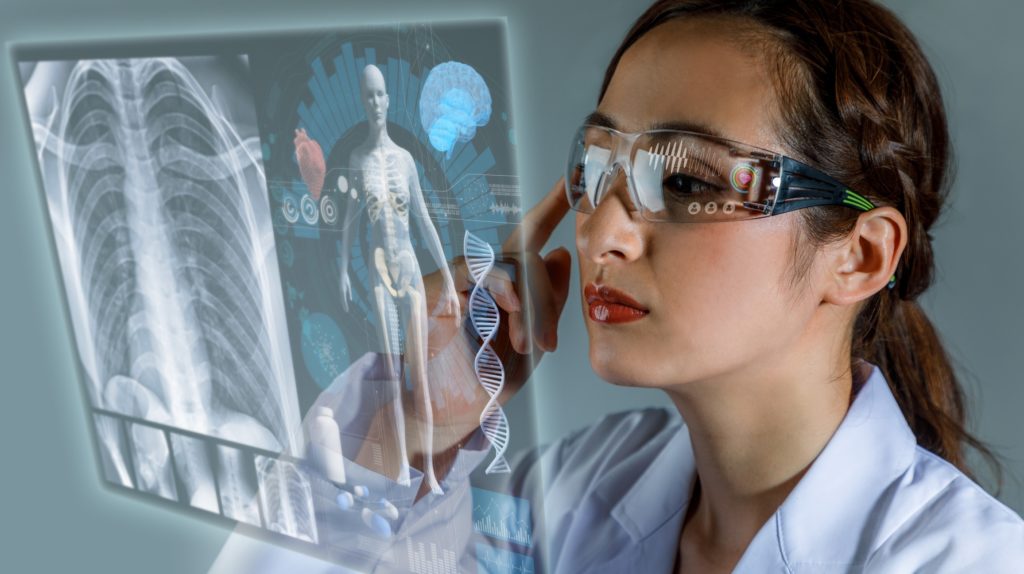
Cats. Love them or loathe them, one thing is for sure: the Internet, that astounding creation that lays the sum of mankind’s knowledge, wisdom, experience, and expertise at the fingertips of anyone with even a dial-up modem, is chock full of them. From generating TGIF memes to pedaling corporate affirmations, where there’s a marketing need there seems to be a feline for the job. But there is one cat who exerted significantly more influence upon the development of serious science than the moggies riding roombas or wearing Cat-Woman cosplay drag. And that is, of course, Schrödinger’s cat. In fact, in terms of the development of Virtual Reality and its arguably more useful sibling Augmented Reality, Schrödinger’s flea-collared friend might well have kicked it all off. Cats, quantum mechanics, and augmented reality in the cleanroom – oh my! Grab some flea spray and let’s dive back in…
3. Nanoparticles: What the Eye Doesn’t See…
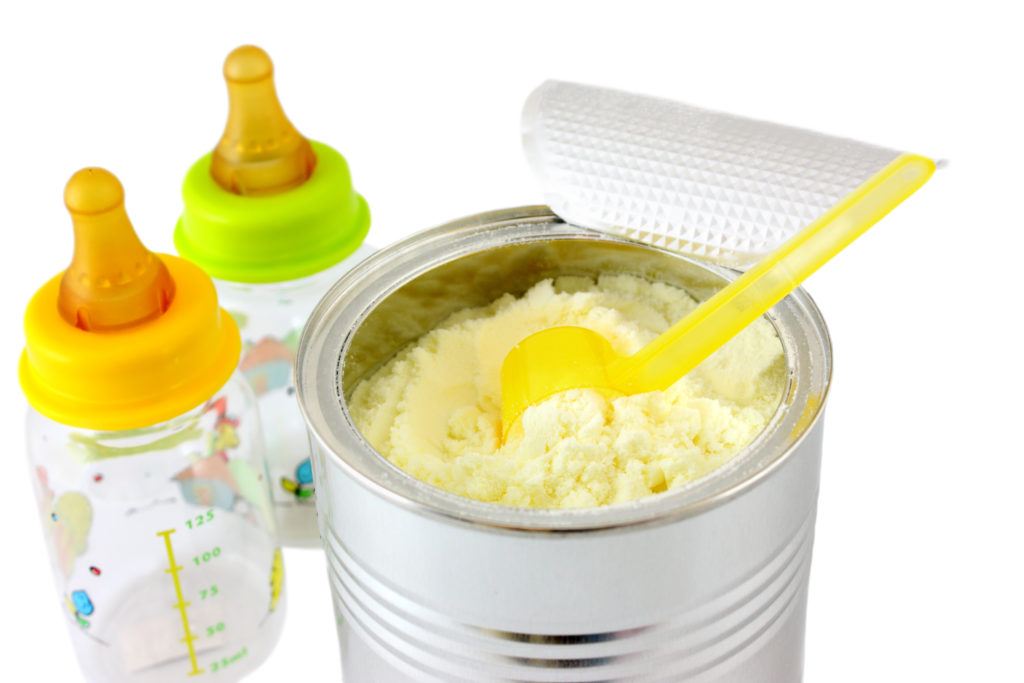
There is little that’s more central to human health than the food that we eat. With each bite, we ingest the vitamins, minerals, fiber, starches, proteins, and fats that we need to fuel, re-build, and maintain our bodies. Each meal provides us with an opportunity to either nourish ourselves or to stress our systems with junk. Three times per day the choice is ours. But there are individuals among us who do not have the luxury of autonomous choice. Here we’re talking about those most fragile of folks: babies. Reliant on the good choices of others, infants are at the mercy of those whose intentions may or may not be pure. Parents will always strive to provide the highest form of nutrition to their children but what happens if they are unaware of a potential threat lurking within a product that should be wholesome and nutrient-dense…baby formula. For the sake of those most precious to us, read on…
4. How Contaminated Cosmetics Are No Superficial Problem

Throughout human history, we have maintained a conflicted relationship with our bodies. We don’t just mean the struggle to lose a pound or two, or the issues some of us face with physical dysfunction. It goes so much further than that, as news headlines frequently remind us. But there’s away in which our bodily dissatisfactions – even to the point of dysmorphia –reveal themselves in much more subtle ways. Ways that, as a society, we often accept and encourage, without ever really looking into why. One of these is the use of cosmetics. Seem superficial? Perhaps, but let’s take a moment to consider questions around contaminated cosmetics as it relates to manufacturing, contamination control and safety for products we apply to the largest organ of our body – the skin. To get the full skinny (see what we did there…???), click this link!
5. Kicking Back with Kratom – and Salmonella?

In his frequently hilarious and always engaging 2006 travelogue, Getting Stoned with Savages: A Trip Through the Islands of Fijiand Vanuatu, memoirist J. Maarten Troost describes his multi-year sojourn in a culture that kicks back after a long day’s spear fishing in the Pacific island sun with a rather unique herbal beverage. Think of it in the same way as Monday night football with beer and the guys in a local bar. A modern day anthropologist/adventurer, writer Troost details how ‘getting profoundly stoned each night is a venerable tradition’ in a sunset gathering in which ‘the most wretchedly foul-tasting beverage ever concocted’ is consumed by men in as acrosanct ceremonial area known as a nakamal. The herbal infusion in question – the semi-digested pabulum of root fiber and human saliva – is created by the efforts of prepubescent boys who chew and spit Pipermethysticum, a shrub from the pepper family, into a wad of coconut fiber before squeezing out the solids and diluting the remains with water. Served in a coconut shell, the beverage – known to us as kava – is best enjoyed rapidly while focusing upon a particularly spectacular sunset. Or anything that would distract the drinker from the origins of the beverage, one imagines… To re-acquaint yourself with the epicurean curiosity (monstrosity?) that is kava, re-visit our March article here.
6. Cleanroom Beer – How High-Tech is Ensuring the Safety of the World’s Oldest Tipple
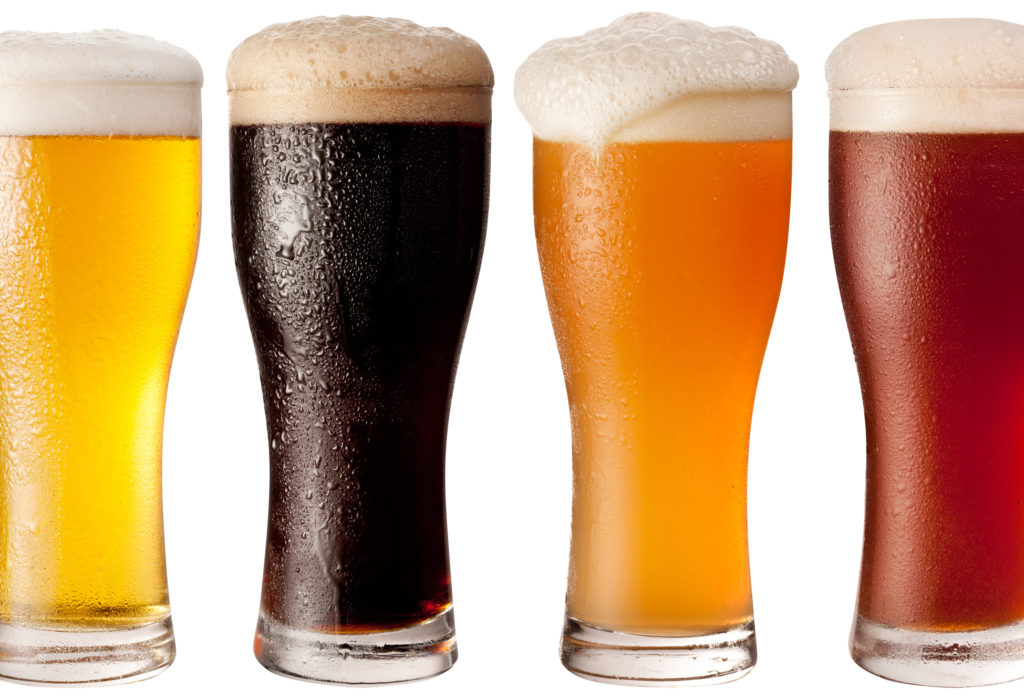
As a species, we sure like to make simple things complicated. We live at warp speed and chase inherited dreams, and then we wonder why the stress we’ve created have us reaching for pharmaceuticals, therapists, gurus, and other self-comforting tools and vices to carry us from day to day. In our fast-paced, multi-tasking,always-on 21st century lifestyles, few things are easy, straightforward, or immune from over-complication. In short: nothing is simple. But it hasn’t always been this way. Let’s take a few minutes to fall back into the comforting embrace of history, to recall that there was indeed a period when simple was the rule and ease was the way. That era, for the purposes of this article, was 1516. Why that date? Read on to find out…
7. How the FDA is Wrestling With Bio-Medical 3D-Printing. Keeping Up With the Times.

In a science-fictional universe way ahead of us in the future, there is no industrial complex as we know it today. No sprawling manufacturing campuses or security-patrolled warehouses crammed with shelved inventory. Everything we use on a day-to-day basis is created on demand, at the very moment it is required. All of our homes are equipped with a device that creates material objects from digitized plans for immediate use and easy recycling. It is a world where anyone can create anything, from a thumbtack to a prosthetic limb. But wait. This projection is actually not so far ahead. In fact, some of the technology necessary for this possible future already exists and is closer to hand than you might think. Additive Manufactured (AM) devices– also known as 3D-printed devices – are already working their way into the national discourse, our homes, and even our bodies. But what exactly is this cutting-edge design process and how will it impact our industry and our lives? Find out here…
8. ‘Automotive Cleanrooms’ – A Contradiction in Terms?

When it comes to automobiles, we all have our favorites. A convertible with the top down is the only way to travel the California coast or the switchbacks on Maui’s Road to Hana. Electric hybrids are perfect for those around town trips when you’re never too far from a charging station.Gas-guzzling SUVs do double duty, transporting the kids to their myriad unmissable after-school commitments and enraging the driver of the compact car who can’t see to back safely out of their parking space at the grocery store. I know about this last one for sure – I drive a Yaris. But whatever your personal choice in vehicles, they’re all pretty much in the same league, right? Well,not all. In fact, alongside the Maseratis, Ferraris, and Bugattis of the road there is a new set of hot wheels on the strip. A sleek, sophisticated, ‘supercar’ that the manufacturer hopes will change the way we look at Fords forever. Perplexed? Elucidation awaits at the click of your mouse…
9. Compounding Pharmacies: Exploring the Insanitary/Unsanitary Conundrum
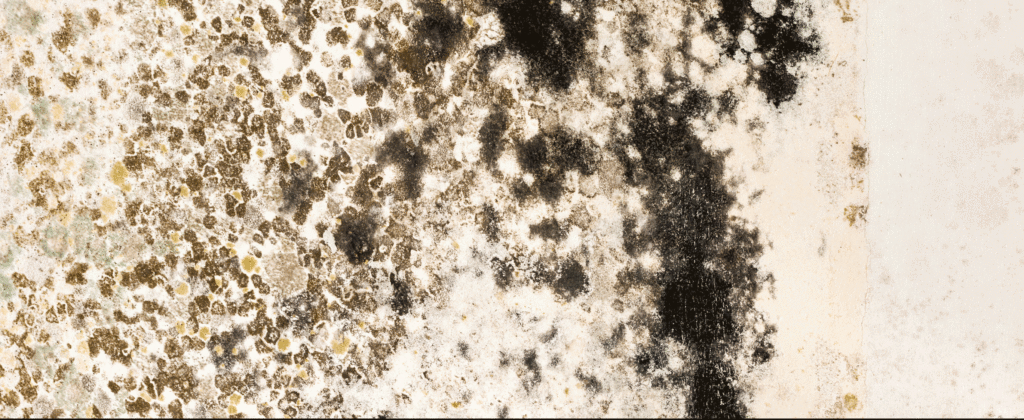
When it comes to pharmaceutical products, medications, or nutritional supplements, as members of the contamination control industry – and as consumers – we like to believe that they are health-promoting, safe, and pure. From a professional standpoint, we understand the critical importance of preparing, packaging, and storing materials and compounds that will be absorbed into our bodies in sanitary, sterile, and hygienic conditions. And we expect others to understand and respect this too. So the publication last month of a draft document ‘Insanitary Conditions at Compounding Pharmacies: Guidance for Industry’ by the Food and Drug Administration (FDA) has us scratching our heads once again. Click here to find out why…
10. How 2D Graphene Exists in a 3D World. Cleanroom Technology Creates the Impossible.
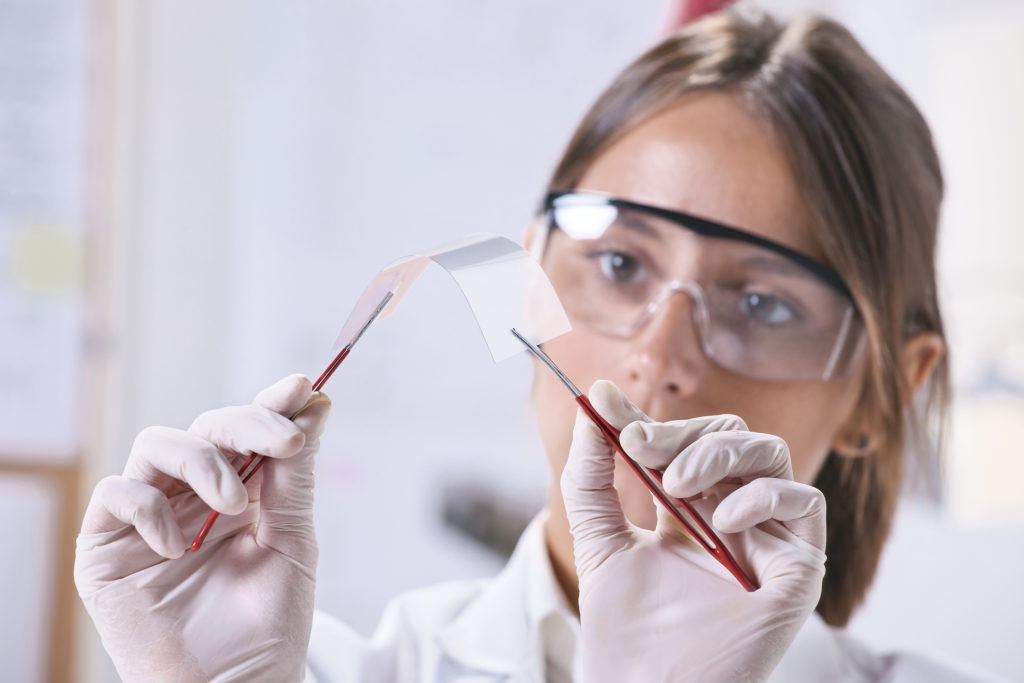
Flatland: A Romance in Many Dimensions is a novella exploring the world through the eyes of ‘A Square,’ a character who exists in only two dimensions. A Square lives in Flatland, a world conceptualized by writer Edwin A. Abbott in 1884 as a critical commentary upon the hierarchical nature of the rigidly stratified society of Victorian England. In the book, male characters are depicted as polygons, their social worth and prestige deriving from their number of sides. Female characters are reduced to simple lines and are forced to announce their presence in public by sounding a ‘peace cry’ to ensure that others, who in ahead-on meeting would perceive them only as points, are alerted to their danger. In depicting the lives of the 2D characters, Abbott sought to high light the inequity in roles of women in nineteenth century Britain and also the constraints of class-based stricture in the lives of men. While it received little critical acclaim at the time of writing, interest in the novella was revived following Einstein’s publication of his General Theory of Relativity, which saw the first positing of a fourth dimension, and in more contemporary times theoretical physicists Carl Sagan and Stephen Hawking have both commented on the literary thought experiment. So what does a crazy fantasy tale about imaginary 2D characters have to do with modern physics and the cleanroom? We knew you’d want to know so the answer awaits you here…






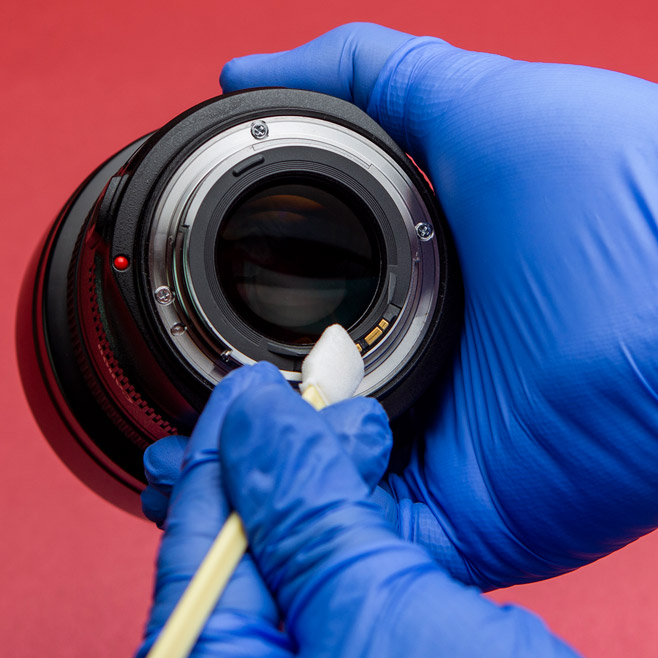



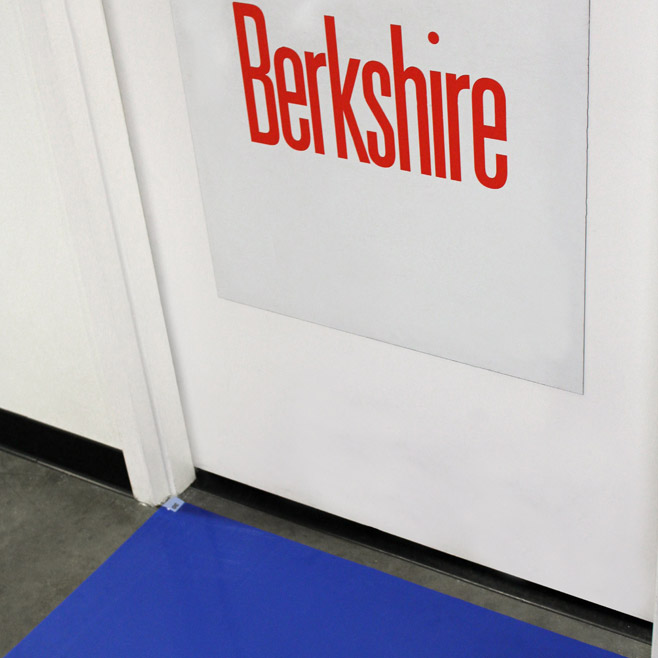




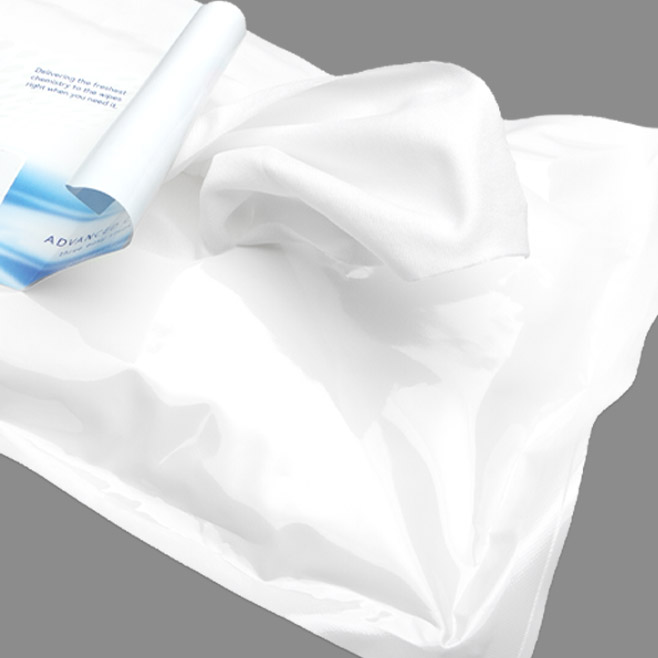
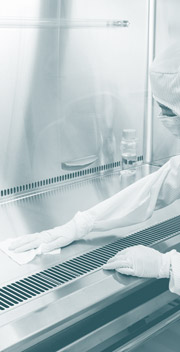



HAVE AN IDEA FOR CONTENT?
We are always looking for ideas and topics to write about.
Contact Us